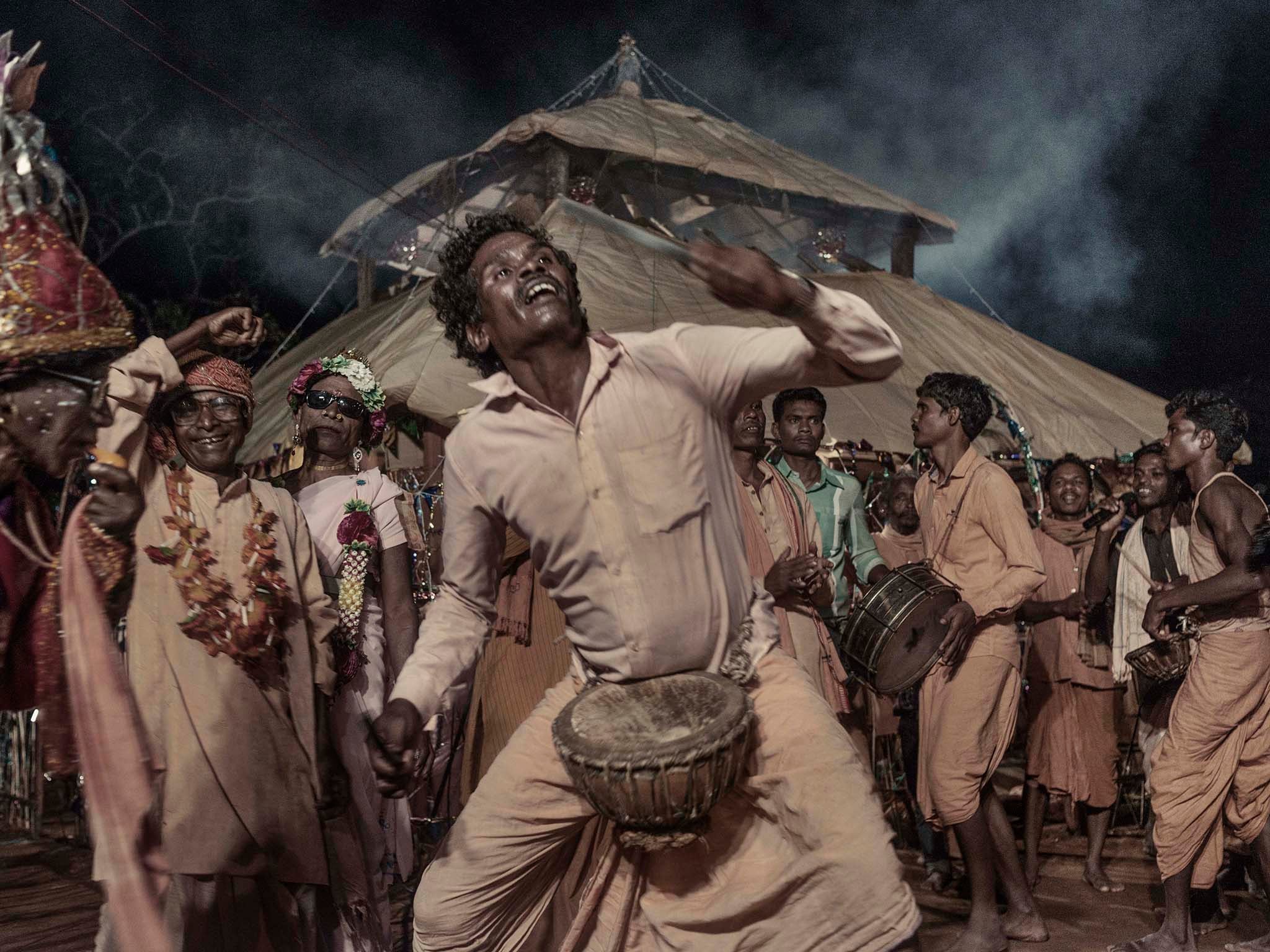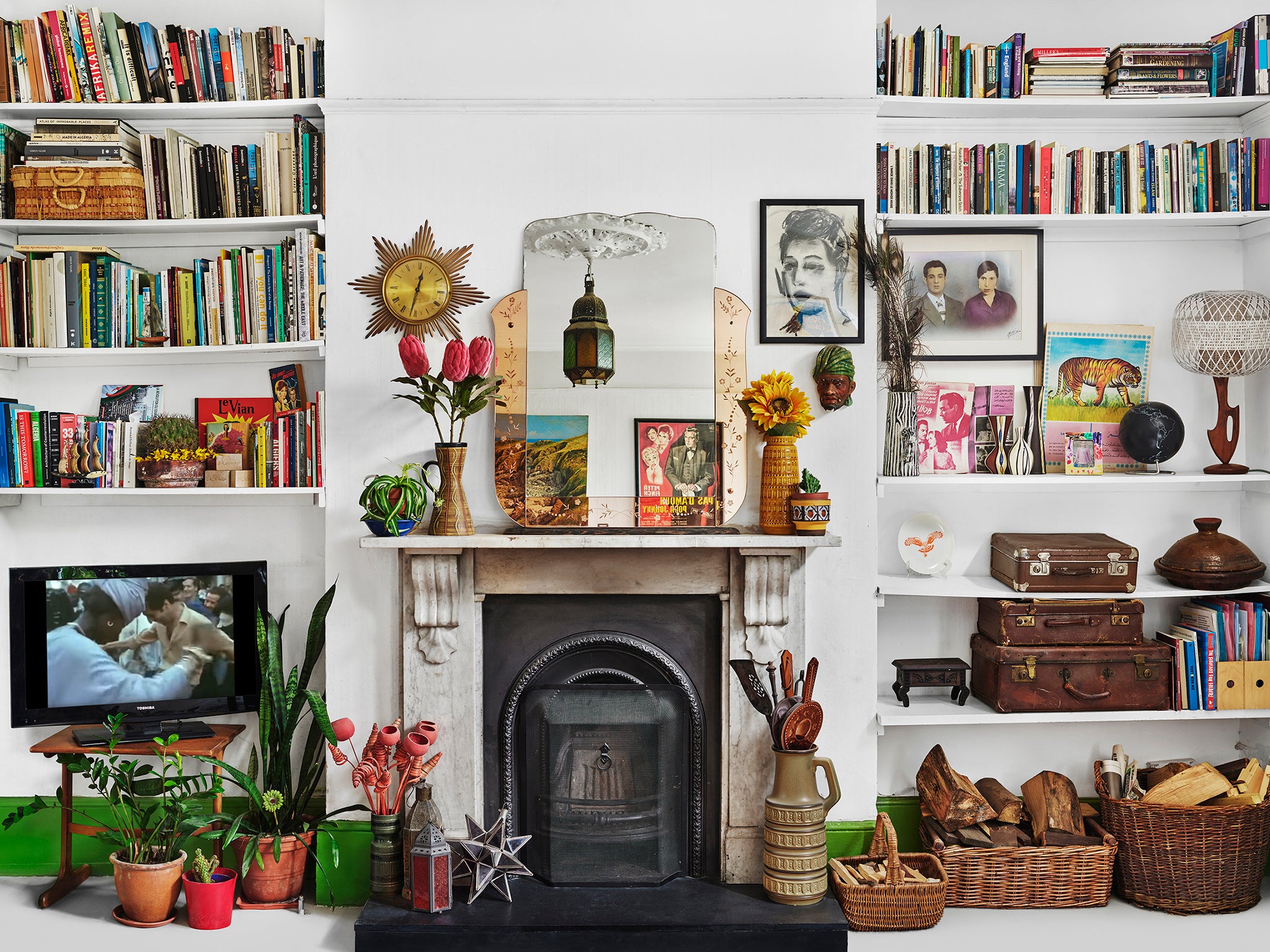Thought photography was about taking photographs? Think again
This year’s Deutsche Börse Prize sees four artists deconstructing the medium of photography, and even finding it culpable, writes Mark Hudson


In a world where, as we’re endlessly reminded, “everyone is a photographer”, where even our elderly relatives are posting quirky images that can pass for “experimental photography” (and more power to them), what is there left for the actual professional experimental photographer to do? Nothing so mundane as simply taking a photograph, judging by recent exhibitions of the Deutsche Börse Prize, the Turner Prize of photography, celebrating its 25th anniversary this year. With short-listed artists regularly exhibiting films, books and archival installations, to which they’ve often made no physical contribution themselves, it’s as though today’s photographers (or “artists working with photography”, as they would no doubt prefer to call themselves) no longer regard the single, inalienably powerful, self-created image – which most of us still think of as the mainstay of photography – as a valid or even an achievable aim.
Chinese artist Cao Fei, shortlisted for her recent Serpentine Gallery exhibition, in which she was described as “working with video, digital media, sculptural installation and performance” (no mention of photography as such), presents an hour-long feature film set in a future where digital reality and actual reality have become vastly more merged than they are now. Shot largely on neon-lit sound stages, so it’s often weirdly reminiscent of classic Hollywood musicals, Nova is visually extraordinary, and represents a contemporary art world in which traditional media (painting and sculpture), film, performance and photography have become interchangeable activities. But since this is a photography exhibition, in the Photographers’ Gallery, it seems only right to give precedence to the still images. And while they are often beautiful – an exquisitely lit image of a spaceman on a beach lingers hauntingly in the mind – they don’t have a fully independent existence apart from the film.
Mexican photographer Alejandro Cartagena, shortlisted for his book on the “suburbanisation” of north-eastern Mexico, A Small Guide to Homeownership, is represented with wall-filling images of immense housing estates and spreads from the book which sardonically collage wide-eyed advertising material aimed at first-time buyers with images of the stark realities for lower-class Mexicans who take that path. The photographic image itself is culpable, he seems to argue, in the selling of an American-inspired middle-class lifestyle dream that poor Mexicans will never achieve. Yet Cartagena’s own images of Mexico’s embattled suburbanites have a respect and affection for their subjects, for ordinary people trying to make a better life for themselves in these vast rabbit-hutch projects, which brings to mind great Depression-era documentary snappers such as Walker Evans. Cartagena may feel obliged to brutally deconstruct the photographic process, but at heart he seems strongly bound to one of its best traditions.
Indian photographer Poulomi Basu is another artist much preoccupied with the strengths and limitations of the photojournalistic tradition: it seems to be a trope among today’s younger snappers. Her photo-essay on the Indian army’s brutal war on indigenous rebels in central India offers what she calls a “twisted spin on candid documentary photography”. It eschews the traditional “three-line caption” that explains the news image in favour of a more open-ended approach, acknowledging the possibility that there are “many truths”. The irony is that the best of her images – a pair of young machine-gun-wielding female guerillas, for example, or a young woman being dragged through a crowd – look like classic vintage photojournalism, images even Don McCullin would be proud to have taken. Yet the lack of any explanation leaves you all the more desperate for that three-line caption. Rather than embracing diverse interpretations of this horrific conflict, I was left feeling there’s very much a central truth of which I resented being deprived.
London-based Algerian artist and photographer Zineb Sedira provides an intriguing variant on the vogue for mid-20th century style that’s seen many of us filling our domiciles with everything from classic modernist furniture to old Jackie annuals – and it’s one that feels highly relevant to the moment. Everything in her recreation of her Brixton sitting room – books, records, pictures on the walls – relates to a pivotal yet under-sung moment in the development of black consciousness: the first Pan-African Festival held in Algiers in 1969. We’re invited to browse the books on her Ladderax bookshelves and her record collection, sit on her sofa and read books on this extraordinary event in which traditional dancers and radical US jazz musicians grooved on the streets of Algiers in an atmosphere of hyper-charged idealism and shared creativity.
If mock-ups of vintage domestic settings have become relatively commonplace in contemporary art, Sedira’s comprises half-real objects, half wall-filling photographs of the room, so we’re sitting in something halfway between a sculptural installation and a giant 3D photograph. While it’s a shame that William Klein’s electrifying film of the festival itself is represented only as an image on a life-size photo of a television, the actual television shows us something arguably more satisfying and thought-provoking – an interview with Algerian art historian Nadira Laggoune, in which she expounds not only on her own memories of the event, but on why the revolutionary spirit of the Sixties still seems relevant to people just about everywhere: “In times of crisis, we look to the best of the past.”

While this brilliant work was conceived and realised before the pandemic, which has left us feeling weirdly unhinged in time and space, it feels very much as though it’s speaking to the present moment as well as to the recent past.
That’s why, among four very strong contenders, I’m backing Zineb Sedira to win this year’s Deutsche Börse Prize.
The Deutsche Börse Photography Foundation Prize 2021 Exhibition is at The Photographers’ Gallery, London from 25 June until 26 September 2021
Join our commenting forum
Join thought-provoking conversations, follow other Independent readers and see their replies
Comments


Bookmark popover
Removed from bookmarks